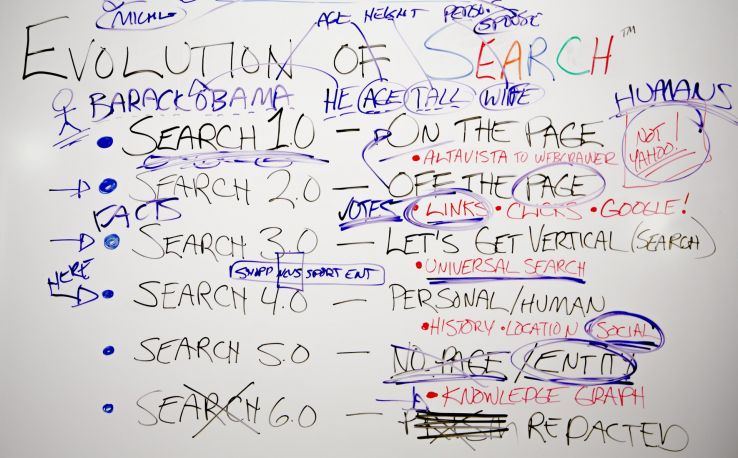Danny Sullivan, the founding editor of Search Engine Land, recently recorded an excellent Whiteboard Friday on the Evolution of Search. It’s important for an SEO company to understand the history of search because it provides an insight to the direction the SEO industry is moving towards.
You can find the original video here. I’ve written a quick outline below.
The Evolution of Search
Search 1.0 – The Very First Search Engines
Anyone here still remembers Alta Vista and Lycos? These were the very first search engines that existed before Google came around and were quite primitive, considering what we have today.
They ranked pages based on the words that were on the page. The early search engines determined relevancy based on the number of times keywords appeared on a page and the location of those words.
For instance, if you’re looking to rank for ‘search engine optimisation Malaysia’, then you just put those words 100 times on your website. If someone else wanted to outrank you, then they would place those words 150 times on their page.
Doesn’t make for a very good user experience, does it?
It was also very easy to spam.
Search 2.0 – Along Came Google
Search wasn’t as huge a cash cow as it is now, so the early search engines didn’t really pay much attention to it. But Larry Page and Sergei Brin took a look at it and decided on a different approach to search.
What made Google so innovative was that they began looking at off-page factors to ranking search results. Their assumption was that off-page factors are beyond the control of publishers (hah!) so would provide a more reliable indicator of quality.
In short, they introduced the concept of link analysis (i.e. the now-famous PageRank) into the mix.
Each link to your website is like a vote of confidence.
More links = More Authority.
Not all links are created equal, so getting links from more authoritative websites count as bigger votes and help you rank higher.
So here’s where we are now. Links are still very important to getting your site ranked.
Search 3.0 – Vertical / Universal Search
The introduction of vertical search leads to what Danny Sullivan calls Search 3.0.
Horizontal search occurs when you search for all topics under the sun using just one big search box. The algorithm then goes out into its one big index and tries to determine which of those results are relevant to your search query.
Vertical search neatly categorizes the entire web into verticals. For example, if you’re searching for a job, you might go to MRI Network or Jobstreet instead of Google.
Search 4.0 – Regaining That Human Touch
Search 4.0 will take into greater consideration human behaviour.
Let’s say Google notices you have been visiting sites such as the CLOUDROCK Blog for your SEO tips and tricks quite often. The next time you search something similar, it might give the blog a bump and rank it higher because it thinks you really like the content there.
Another way Sullivan thinks Search 4.0 might play is connecting subsequent searches together.
If you’ve searched for “Kuala Lumpur” and your next search is “tourist spots”, Google might show you tourist spots related to Kuala Lumpur rather than pretend they are disconnected.
Search 5.0 – Entity Search & Beyond Web Pages
Google is building up databases of all sorts of facts, so the next time you’re searching for something, it might just serve you the facts.
An indication of how this might look like is Chrome’s new conversational search.
If you have a microphone, you can actually verbally search for facts such as “Who is the Prime Minister of Malaysia” and it will read out the answer to you. In the future, this might reduce the appeal of fact-based websites and make it hard for them to survive.

